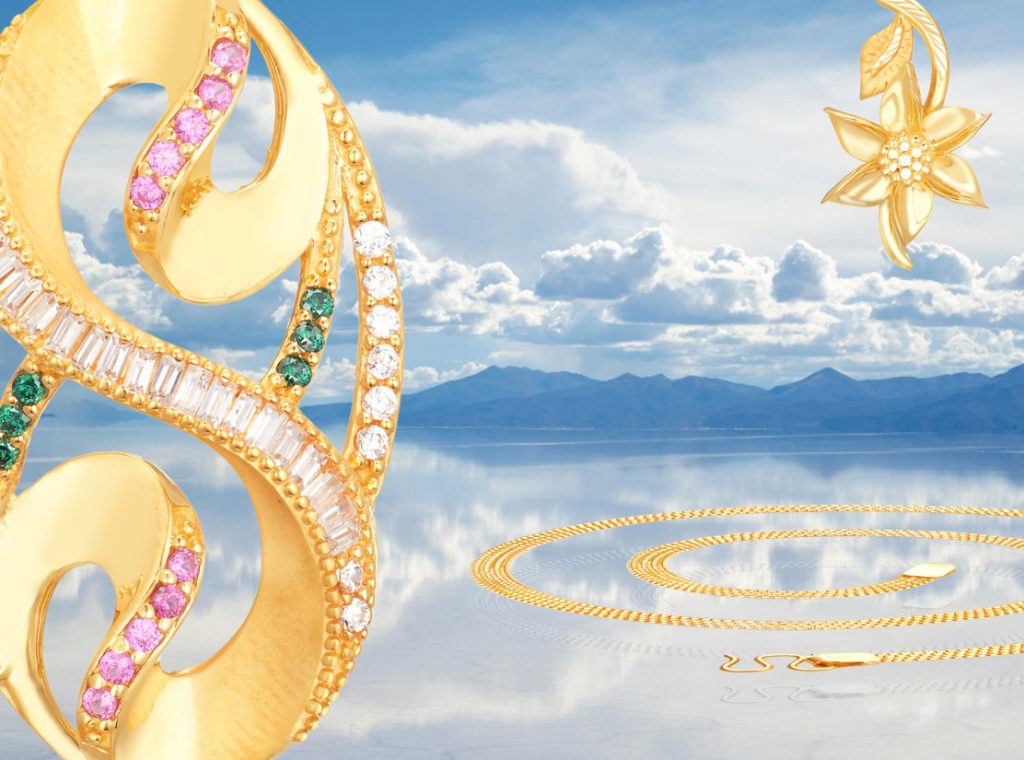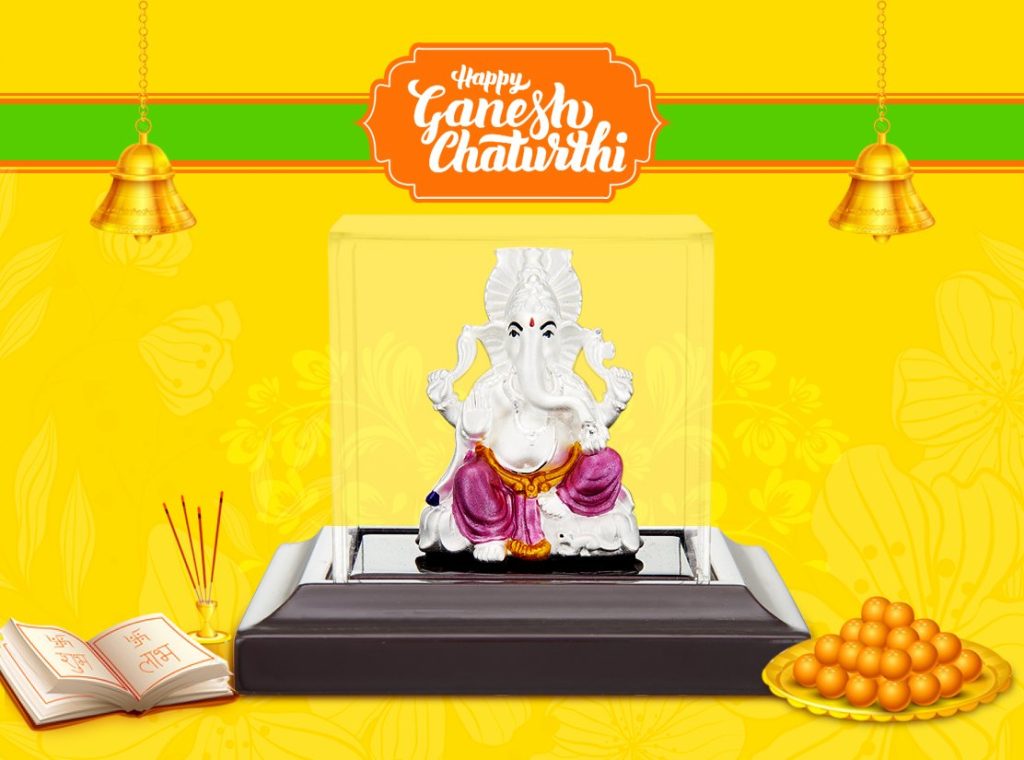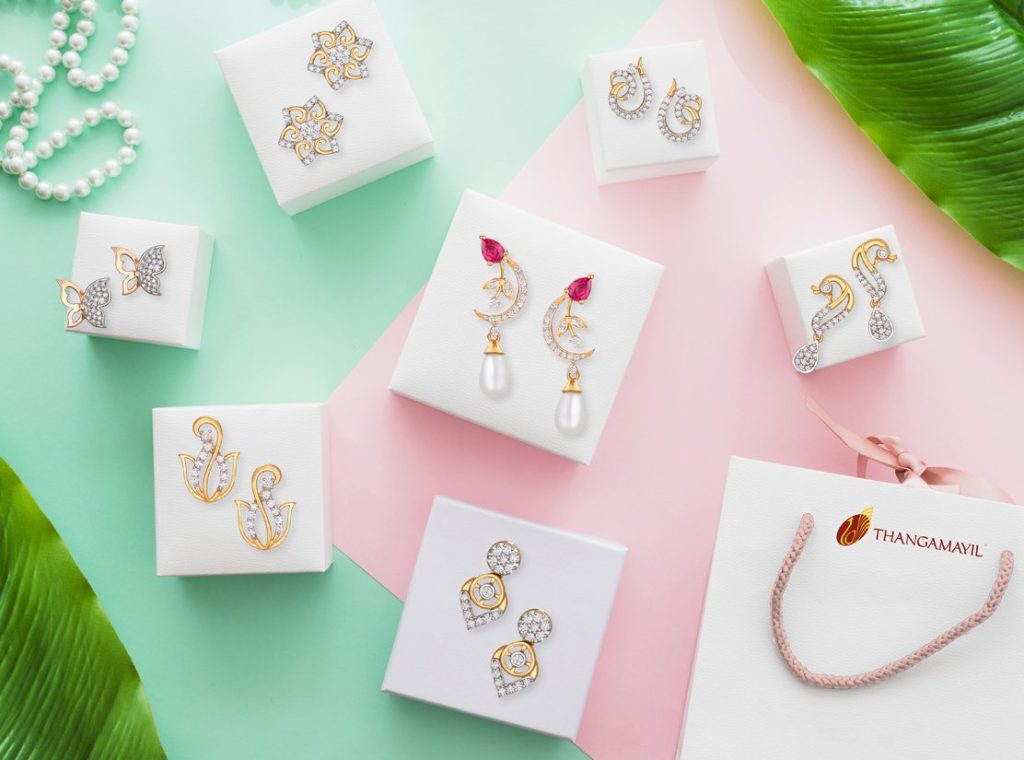Along with being a prized investment, gold also has immense cultural and emotional value for Indians. This is particularly true for Gold Jewellery that is usually made or purchased during festive and auspicious occasions as well as during times of celebrations. In fact, it is very common for families to have many pieces gold jewellery and artefacts as family heirlooms that are passed down to children through many generations. Haven’t we all heard our elders complain about how today’s gold jewellery is often too delicate to be stored for such decades, whereas the gold they purchased would last for ages!
But why does this difference between gold then and now exist?
Much of it has to do with the way gold is manufactured and sold today, than it was a few decades ago. Most of the jewellery available in showrooms today is hallmark standard jewellery. This standard did not exist about 50-60 years back.
Back then, thanks to lack of standardization among gold merchants and lack of awareness amongst consumers, most of gold jewellery was mixed with large amounts of copper. This served two purposes – one, it made the jewellery more durable. Gold is a delicate malleable metal that can break or even bend even with mild pressure. Mixing copper gives the metal strength and ensure the jewellery can withstand rough handling. Secondly, since consumers had no way of knowing the proportion of gold vis-a-vis copper, they would end up paying far more than the worth of the gold they were actually buying.
However, in 2000, the Bureau of Indian Standards (BIS), which is the national standards organization of India, introduced a hallmarking system for all gold and gold jewellery sold within the country. Called BIS hallmark, it certified that the jewellery bearing this mark conformed with the standards and norms set by the BIS and attested to its purity. This hallmark was implemented in 2000 for gold jewellery and in 2005 for silver jewellery.
However, while implemented, the hallmark is not yet compulsory. Moreover, a lot of jewellery bear counterfeit BIS Hallmark, complicating matters further. Therefore, as a consumer, you need to be extra careful while purchasing gold jewellery, so that you get your money’s worth.
Firstly, insist on purchasing jewellery from showrooms or retailers that carry BIS approved hallmarked jewellery.
Secondly, check the hallmark thoroughly to ensure it is genuine.
The original BIS hallmark consists of 5 parts: The BIS Hallmark, the Purity Grade, the Year of Hallmarking, the Logo of the Hallmarking Centre and the Jeweller’s Identification Mark. Ensure you check all five components, with a magnifying glass.
1. The BIS logo looks like this –

And is inscribed on the jewellery in such fashion:
Example ‘A’

(BIS hallmark logo on the extreme left)
2. Next is the Purity Grade, which tells you the carat value of the gold.
The BIS has prescribed the following codes for various carat values:
999 – 24 carat (Pure Gold)
958 – 23 carat
916 – 22 carat
875 – 21 carat
750 – 18 carat
708 – 17 carat
585 – 14 carat
417 – 10 carat
375 – 9 carat
333 – 8 carat
For jewellery, 22 carat is normally used, unless it is diamond jewellery which is normally 18 kt. Therefore check for the number ‘916’ inscribed on the ornament, like in the above picture.
3. BIS recognized Hallmark and Assaying centres have approved logos that are inscribed on hallmarked jewellery.
Some of the logos are:

For instance, in the Example ‘A’ above, the jewellery bears the inscription of Gujarat Gold Centre, a BIS recognized hallmarking & assaying centre – whose logo is shown on the right-end here.
4. The year of marking is denoted by an alphabet.
Since the hallmarking started in 2000, it is represented by an A and subsequent years take on the next letters of the alphabet. So, in Example ‘A’, the year pertaining to the letter ‘H’ would be 2007.
5. Each retailer has a unique identification mark which is inscribed on the jewellery as well.
Checking each of these marks on the jewellery is imperative to ensure you are purchasing original and genuine hallmarked jewellery. The only way to ascertain whether the BIS mark on your jewellery is genuine is to have it tested with a Carat Meter. Most leading jewellers will have this equipment at their showrooms; but if unavailable, you can approach another jeweller to have your jewellery tested. At times jewellers may charge a small fee to perform the test for jewellery that has not been bought from their store, but some (like TMJ) offer the service for free. Testing with a Carat Meter is the only way to know for sure that your BIS Hallmark is genuine.
To further protect your interest, make sure you ask for a proper receipt that includes the stamp and registration number of the jeweller. This is particularly important – as most jewellers will often only give customers a cash memo which has no legal standing in case of a dispute.
Indeed buying gold jewellery in the 21st century is no child’s play. And while our elders may complain that our jewellery may not last very long, it’s purity is certain to last ages!


